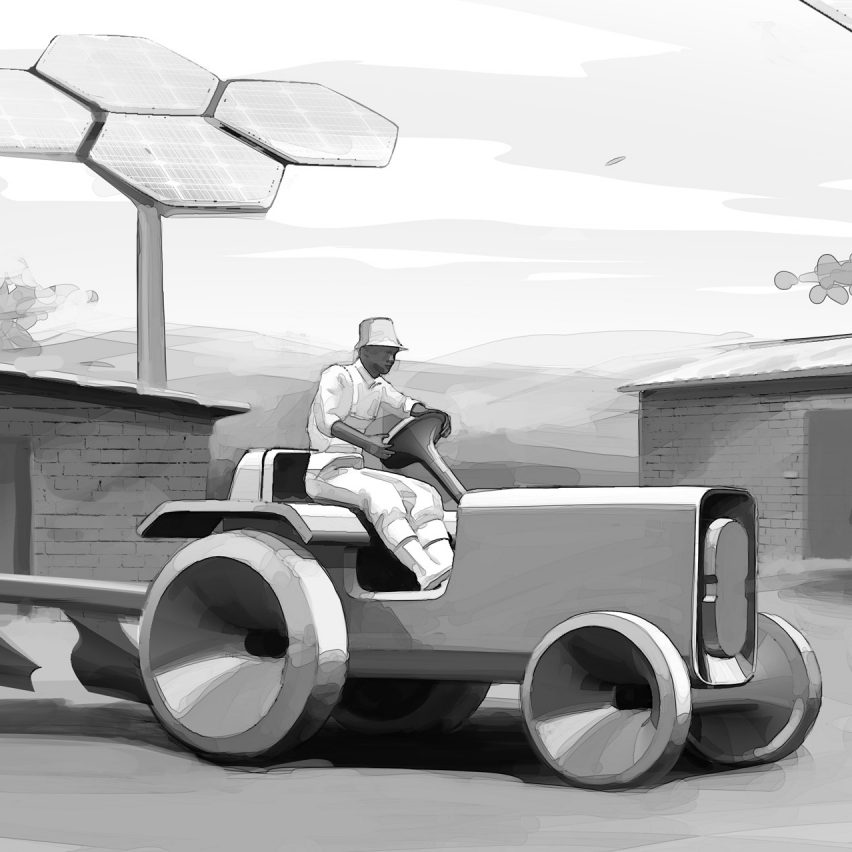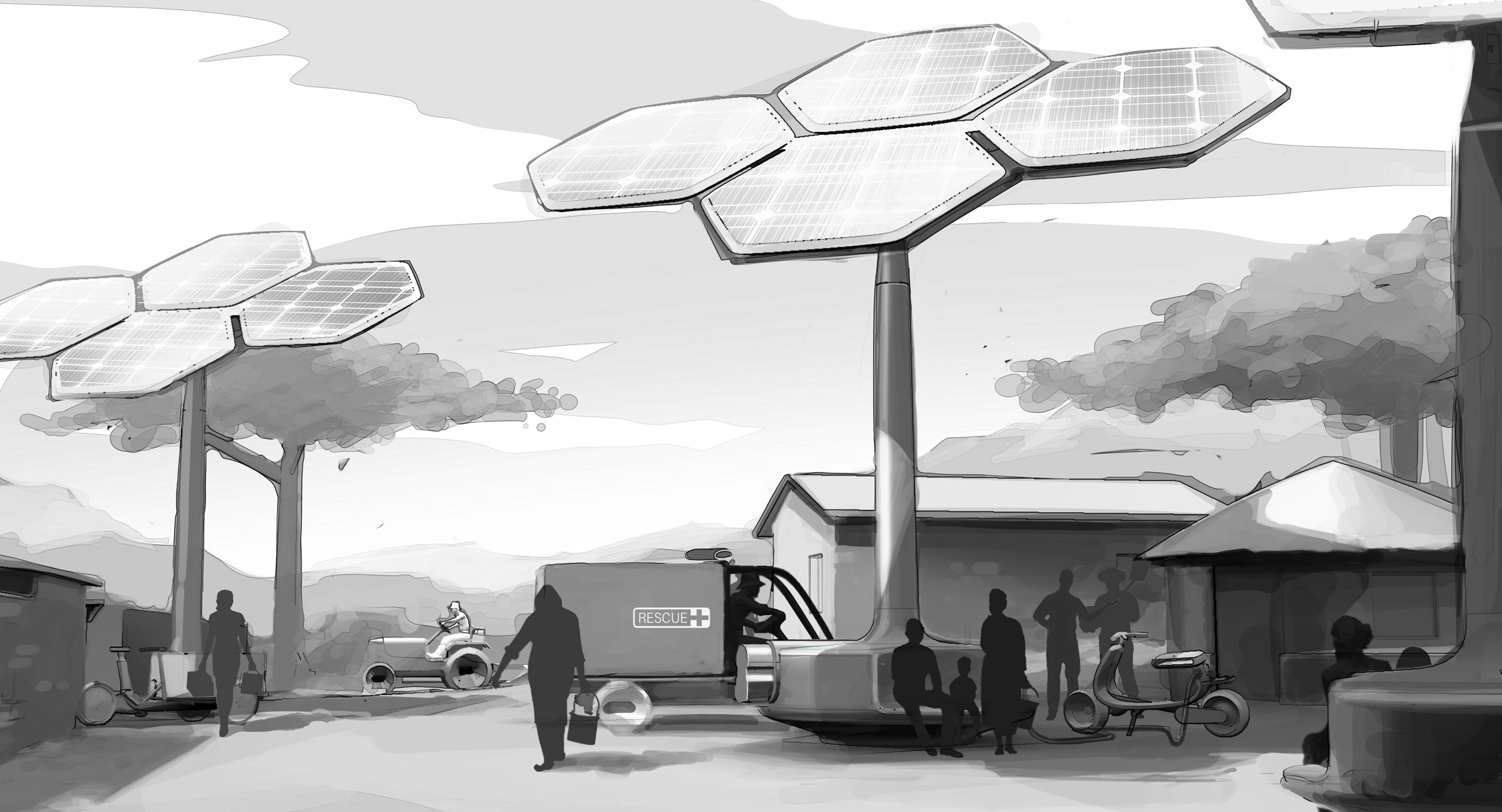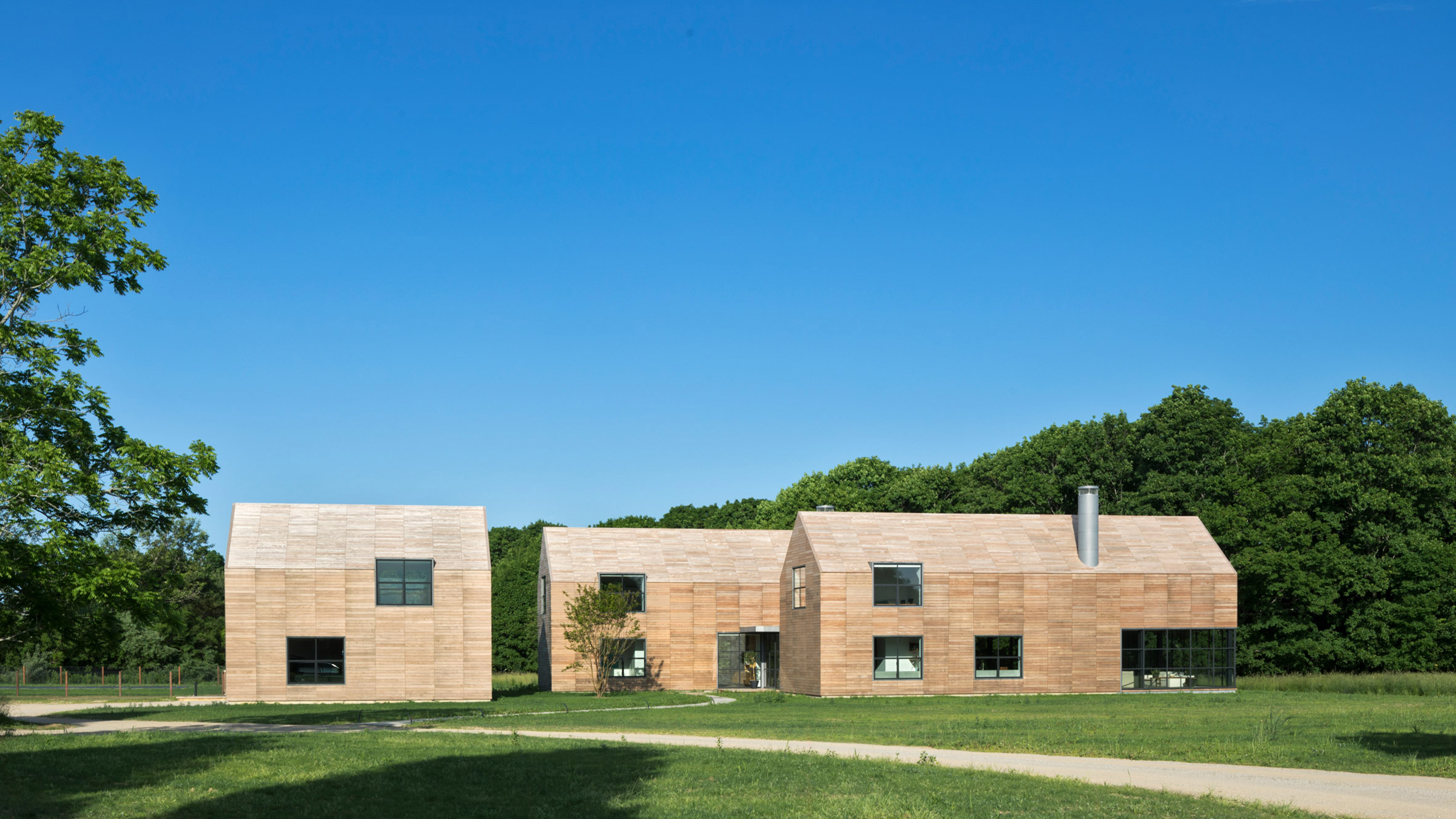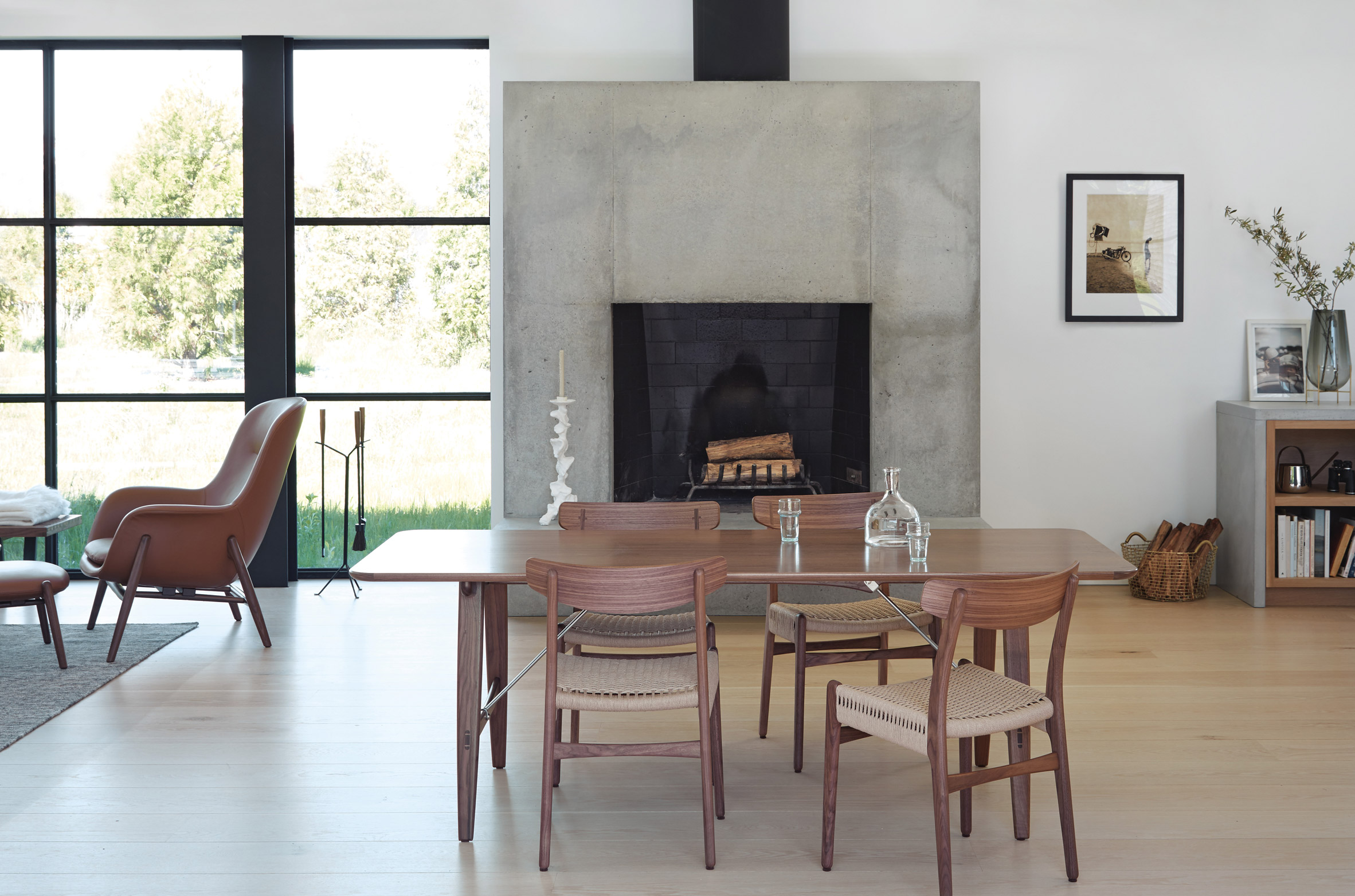
Following on from the brand's star-studded campaign showing real-life people using Macs, Japan’s first iteration focuses on the appearance of its logo (and similar tributes) in animation.
from It's Nice That https://ift.tt/2TvMHJl

Following on from the brand's star-studded campaign showing real-life people using Macs, Japan’s first iteration focuses on the appearance of its logo (and similar tributes) in animation.

Rem Koolhaas's research organisation AMO has partnered with car manufacturer Volkswagen to develop an electric tractor based on the companies' "shared interest in the countryside".
The concept for the e-tractor forms part of the Countryside, The Future exhibition curated by Koolhaas and AMO that is currently showing at the Solomon R Guggenheim Museum in New York. As part of the exhibition, Koolhaas placed a tractor in front of the museum on Fifth Avenue.

Although few details of the concept have been revealed, AMO and Volkswagen stated that the electric tractor was being developed for use in sub-Saharan Africa.
It is being designed to increase the productivity of small-scale subsistence farmers, the organisations said. The vehicle will not be sold to individuals but will instead be rented to villages so it can be shared by farmers.
"When I saw the study of the e-tractor for the first time, I realised it was a really fundamental moment," said Koolhaas. "This machine can change a lot."

"The e-tractor project is a great example of how we can link creativity and technology," said Benita von Maltzahn, director of cultural engagement at Volkswagen.
"Volkswagen is committed to develop sustainable mobility concepts for generations to come and for establishing new levels of equality. Responding to the radical changes in the countryside is one vital step on that way."

Visualisations of the concept show a variety of farming and mechanical vehicles, which all have a removable battery inserted into the front of the chassis. These would be charged by solar energy provided by tree-like structures supporting solar panels.
"Modularity is key in the design of the ecosystem, embracing sustainability and re-usability," said Volkswagen.
"The battery can be swapped and used as an independent power source when its performance is in decline; modular parts allow for different configurations where the tractor could be assembled with different plows, or even as a drill to drill wells, or just as a people mover."

According to AMO and Volkswagen, the collaboration came about due to a shared interest in the future of the countryside.
AMO, the research studio which was spun out of architecture studio OMA, and OMA founder Koolhaas recently curated the Countryside, The Future exhibition. Occupying the whole of the Solomon R Guggenheim Museum in New York, the exhibition aims to highlight advancements in rural areas through a series of case studies.

"Volkswagen's interest in the countryside has triggered a new research collaboration that will spawn several projects through cross-pollinations between architecture, which is traditionally about stability, and Volkswagen's expertise on mobility," said Samir Bantal, director of AMO.
"We are excited to dive deeper into the issues of rural mobility together with Volkswagen's experts."
AMO and Volkswagen now intend to develop the electronic tractor by setting up partnerships in sub-Saharan Africa with Volkswagen Group South Africa and local universities.
The post AMO and Volkswagen propose electric tractor design for sub-Saharan Africa appeared first on Dezeen.

From New York to Paris via Buckinghamshire, here is a selection of exhibitions that you really shouldn’t miss this month.

All images © Susanna Bauer, shared with permission
In the latest interview for Colossal Members, Cornwall-based artist Susanna Bauer discusses multiple aspects of her creative process, from how she sources her materials to her relationship to the natural world. In the conversation with our Managing Editor Grace Ebert, Bauer also spoke about her ongoing commitment to honor the environment and the ways she understands the relationship between strength and fragility.

Do stories and artists like this matter to you? Become a Colossal Member and support independent arts publishing. Join a community of like-minded readers who are passionate about contemporary art, apply for our annual grant, and get exclusive access to interviews, partner discounts, and event tickets.

American studio Roger Ferris + Partners has created a trio of wood-clad volumes with pitched roofs for a family relocating from New York City to the Hamptons.
Grove House is located on a 5.5-acre (2.2-hectare) site in Bridgehampton, an upscale hamlet on the South Fork of Long Island.

The two-storey residence was designed for a young couple with children who formerly lived in an apartment in Manhattan's Tribeca neighbourhood.
Their new home, designed by Connecticut architecture firm Roger Ferris + Partners, is intended to embrace its verdant setting and to provide a division between living areas and bedrooms.

Encompassing 5,700 square feet (530 square metres), the project consists of three gabled volumes, each with a distinct purpose.
One holds an open-plan kitchen, dining area and living room at ground level, and a bedroom above. This volume connects to a more private construction, where the team placed a master suite, two bedrooms and a den.

The two volumes are "delicately connected and sectioned off by a glass breezeway", the firm said.
The third volume, which is not linked to the others, contains a garage at ground level and an artist's studio up above.

Facades are clad in garapa, a hardwood also known as Brazilian ash. The honey-toned siding extends over the roof, giving the home a seamless look.
Portions of the ground level are wrapped in floor-to-ceiling glass, further strengthening the home's relationship to the landscape. Other portions of the exterior walls are punctuated with square windows, which also offer views of the terrain.
"The property is an immersive yet modern natural retreat, providing connections to the surrounding landscape via planes of glass that interrupt a series of solid forms," the team said.
For the interior design, neutral colours and natural materials are featured in Grove House. The living room features white oak flooring, vanilla-hued walls and a concrete fireplace.

A light cream sofa, sculptural side tables, and armchairs upholstered in caramel-toned leather and brown-and-white cowhide decorate the room. Situated in one corner is a tripod-shaped Superloon floor lamp, designed by Jasper Morrison for Flos.
The kitchen nearby is fitted with pale grey wall tiles and white oak shelving and drawers. A concrete island is lined with bar stools made of dark-toned wood.

The gabled shape of the roof is made visible in many parts of the home, including the living room and the master bedroom, where white walls are paired with rosy accents and a Tom Dixon copper pendant.
In addition to Grove House on Long Island, other projects by Roger Ferris + Partners include a holiday home in Rhode Island and an artist's retreat in Connecticut that looks like a red barn.
The practice is led by Roger Ferris and has three offices in Westport, Connecticut, New York City, and Bridgehampton, New York.
Photography is by Paúl Rivera and Mark Seelen.
The post Wood-clad gabled volumes form Grove House on Long Island by Roger Ferris + Partners appeared first on Dezeen.